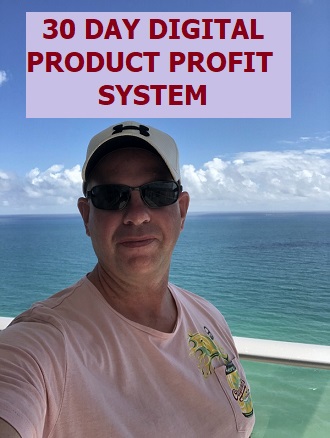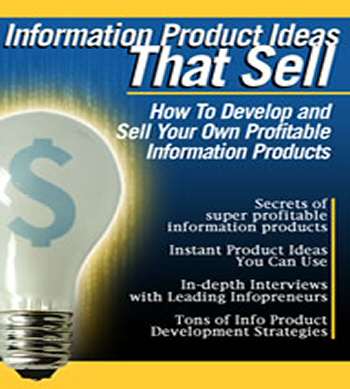Now that it is so easy to write and self-publish your own ebook or book, it becomes more important than ever to understand what will make your book sell instead of being lost in the crowd.
The power as a self-publisher is clearly in your hands which means if you master these 4 tips you can not only watch sales of your book roll in but you can collect a much higher percentage of profit on each copy sold.
1. Focus On Emotional Transformation
I bet you have never thought that the key to top selling  non-fiction books is targeting emotional life transformations.Â
Even the most mundane “how to” books are purchased by people who have a desire to get from where they are in their life to where they want to be.
The top non-fiction books and e-books focus on transformation that are highly emotionally charged.
For example, the person who buys a cookbook aimed at creating gourmet-level meals in 20-minutes is trying to solve 2 very emotional challenges in their life…
a) They are stressed out (experiencing frustration and pain each day) trying to plan meals
b) They want to impress who they are cooking for (wife, husband, kids, girlfriend, etc…)
If you have a topic in mind, think in terms of the emotional transformation that you will tap into with your book or ebook.  The more you can tap into that emotional demand, the more success you will have with your book.
2. Practical, Step-By-Step Guide
Introducing your topic, including background and information for your reader is fine, but making sure that you largely structure your book around practical, usable, instructional steps will help your book reach higher levels of perceived value (meaning you can price it higher), have it be more useful and usable to your readers (always a good thing for word-of-mouth marketing) and facilitates reviews and testimonials which are always stronger when a customer can not only say the book was good, but that it helped them go from X to Y
Using this principle, you can break your content into systems, processes, tips, and instructions or lessons that make your book similar to a course. In fact, many of our top selling books are turned into courses that sell for hundreds, or even thousands, of dollars to our more serious customers.
In this sense, your book can become one of a few products that you end up offering where your keener customers will spend more money (sometimes much more) with no extra marketing.
3. Examples, Trials, Case Studies
When you follow Tip 2, you have a system, process or set of tips that can be used, you can actually test this system either on yourself or on some early “beta” customers who can then both offer constructive feedback on how to improve the content and/or offer you early testimonials and reviews as to its worth.
Having this sort of customer involvement pre-release is incredibly powerful toward getting early partners, reviews, PR and sales page material as well as reviews on sites such as Amazon if you decide to publish through their network.
4. Outline Like A Champion
I myself was just like the many people we work with through Information Marketer’s Zone who struggled mightily with writing.
I used to sit there in front of a blank page laboring for hours just to get the first few paragraphs started.
After writing 10-pages I would then miss a few days (life happens right!) and then have to start all over again, often losing momentum altogether resulting in unfinished books that literally littered by hard drive.
All of that changed when I learned how to properly outline my book.
Starting with the end transformation in mind, I would then work backward with the main stepping stones to reach the final transformation, these would become the main chapters.
Next, I would break each chapter or section into 10-15 questions that, when answered, would lead to a fully informed and empowered reader who could take the material and apply it to his or her life.
Not only did this mean that it was dead-simple to get started (as simple as answering questions – we do that all day so we’re pretty darn good at it), but it also meant that each time I had to stop, getting started back up – even if I only had 15-minutes that afternoon – was easy and productive.
Using this method I have been able to easily complete 60-80 page books in as little as 2-weeks writing an average of 1-2 hours each day…achievable for anyone even if they are working a demanding job during the day.
When it comes to writing your own non-fiction book, these 4 tips will make the difference between spending your time on winning books versus spending time writing a book that will perhaps temporarily feed your ego, but not really leave a mark on your bank account.
For more on the methods we have used to write more than 20 ebooks, books, guides and information products, visit us over at Information Marketer’s Zone where we share our publishing and marketing methods and mentor those who want to do the same.


